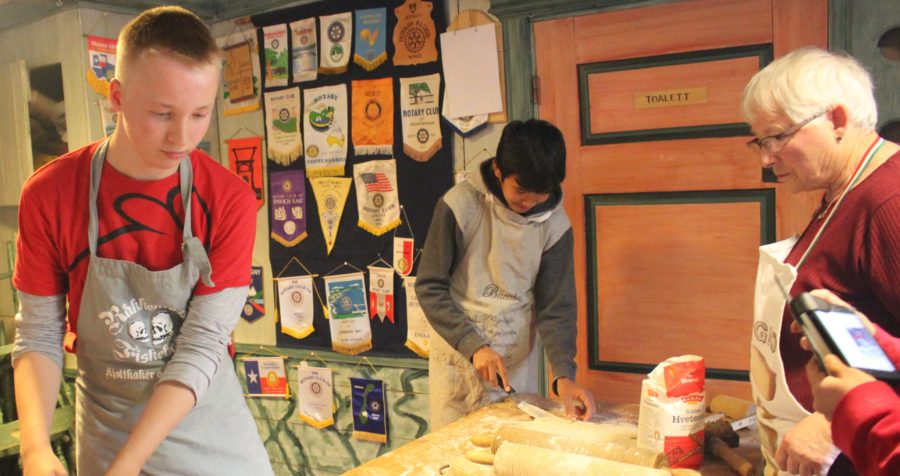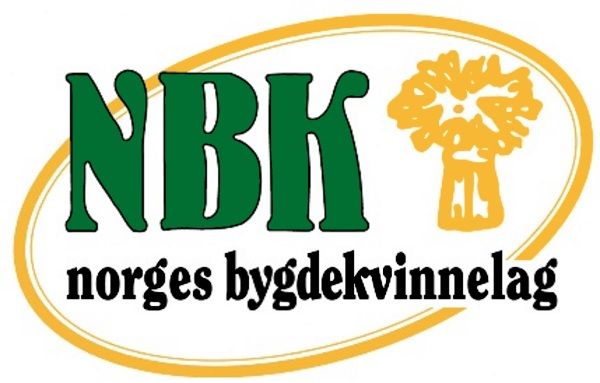Sharing food traditions

Background
Access to, and knowledge about local ingredients and seasonal food is important to safeguard the food culture. The experience-based knowledge and knowledge gained in the pursuit of an activity, a subject or profession, and which often cannot be explained by words, makes it difficult to include formulations in a textbook or routine description. In traditional cooking, we often come upon oral recipes that often is not accurate in measurements – for instance, can a story from your guide tells you to put enough flour in the dough, so it will be nice to work with. Persons who don’t have experience will not be able to understand that instruction.
Traditional food is food which is based on old artisanal traditions with techniques, customs, and methods for storage. In Norway, the knowledge about traditional food has often been passed down from mother to daughter, but in line with other changes in society, this is hardly the case anymore. There are currently fewer people growing their own food. There is an increase in the consumption of ready-made food and less time for cooking in the busy daily life. The different generations also no longer live in the same household as they did at farms in the earlier days. The knowledge is therefore not necessarily passed down through the daily chores any longer.
We work to safeguard food competence and food culture by courses and training. We also work to ensure that the school system, day-care centres, museums, farms, chefs and the media take responsibility and an interest in Norwegian food culture.
One of our projects concerning the safeguarding of food-heritage is the database of traditional dishes made to inform young people about the traditions, and how to practice them. In this project, we`ll use the unformal knowledge from some of our 13.000 members from all over rural Norway. Many of them have been making and serving food for most of their life and learned the traditional way of cooking from their elder relatives.
Objectives
- Share knowledge and create interest in Norwegian traditional food among young people and young adults.
- Visualize local food traditions and geographical differences
- Build reputation and pride for Norwegian commodities
- Showcase Norwegian food culture and enhance Norwegian food identity
- Contribute to local business development and dissemination of local food products
- Build a digital resource that can be used by our members and other cooperating organizations in youth-related activities
How it was done
The website www.norsktradisjonsmat.no was launched summer 2017 and today it contains more than 500 recipes for traditional food. The website is especially targeting youth and young adults. Page content is therefore promoted and shared through social media.
At the launch of the website we collected traditional recipes from the entire country, through a competition among the local rural women’s groups. The competition encouraged local groups to collect traditional food recipes from their villages. These recipes were then taken to a national committee to be checked to fit the description to be publicised to the database. Contributions have also been made from books and collections that the local groups have previously made. A list of books published by our local groups is available here. (in Norwegian) The site will continuously bring more recipes.
The major part of the site is recipes, but we also strive to convey the tacit knowledge through various texts and videos about our food traditions. This will help those of us that no longer have the opportunity to learn from our elderly anymore.
Our definition of suitable recipes is quite wide. Traditions change over time as people and societies also change. Economy, access to commodities and tools, impulses from other people and cultures – Norwegian and foreign – still affect food and foodculture in Norway to a large extent. Tradition is often defined as a custom transferred between several generations. To take consideration of this, we have chosen to set a timely mark to the 1960s. The recipe must also be traceable to a Norwegian city/village/local area or person. The Norwegian Society of Rural Women has large resources in the form of voluntary involvement and labor. That is a major prerequisite for building a webpage that can last and develop over time. We have an organizational structure in which the various parts of the organization have long experience in contributing to larger, nationwide projects. Key individuals from all county groups was educated in collecting, documenting, and publishing material to the site. After the project period is complete, responsibility for content development will be transferred to the county- and local groups with an administrative function added to the national administration. Such a structure safeguards the sustainability of the web pages and provides for further use and development even after the project coordinator has finished.
The website should be dynamic and in constant change. The design is responsive so the content is displayed in a good way no matter what device you use, and the page will be search engine optimized so we get the most visibility. We hope to capture many interested persons who enter the website randomly through a google search for a special recipe. To reach a generation of young food enthusiasts, we must be visible on digital platforms where they are.
Key factors
1. Research informal knowledge
Finding and documenting our members informal knowledge on the topic.
We spent a lot of time in the project engaging many voluntary members of local groups. Also using a lot of the work that earlier have been done on the topic to make it accessible on the new platform. (example: making a list of earlier books/leaflets published)
2. Innovative use of web site functions.
The website consists of the following elements:
- A map of Norway where you can navigate to pages about each county and what characterizes their food traditions
- Short introductory films on Norwegian traditional food, the most popular Norwegian dishes, and the most important Norwegian commodities and preservation methods
- Appealing food images of good quality
- Recipes describing ingredients, procedures, and the history / origin of the dish
- A library where cookbooks about traditional food from different parts of the country are digitalized (Note! Will be added at a later stage)
- Instagram feed that retrieves images from our Instagram account @tradisjonsmat automatically
- Search mode filtering recipes based on ingredients, difficulty, origin and type of dish
- Ability to add recipes to favorites

